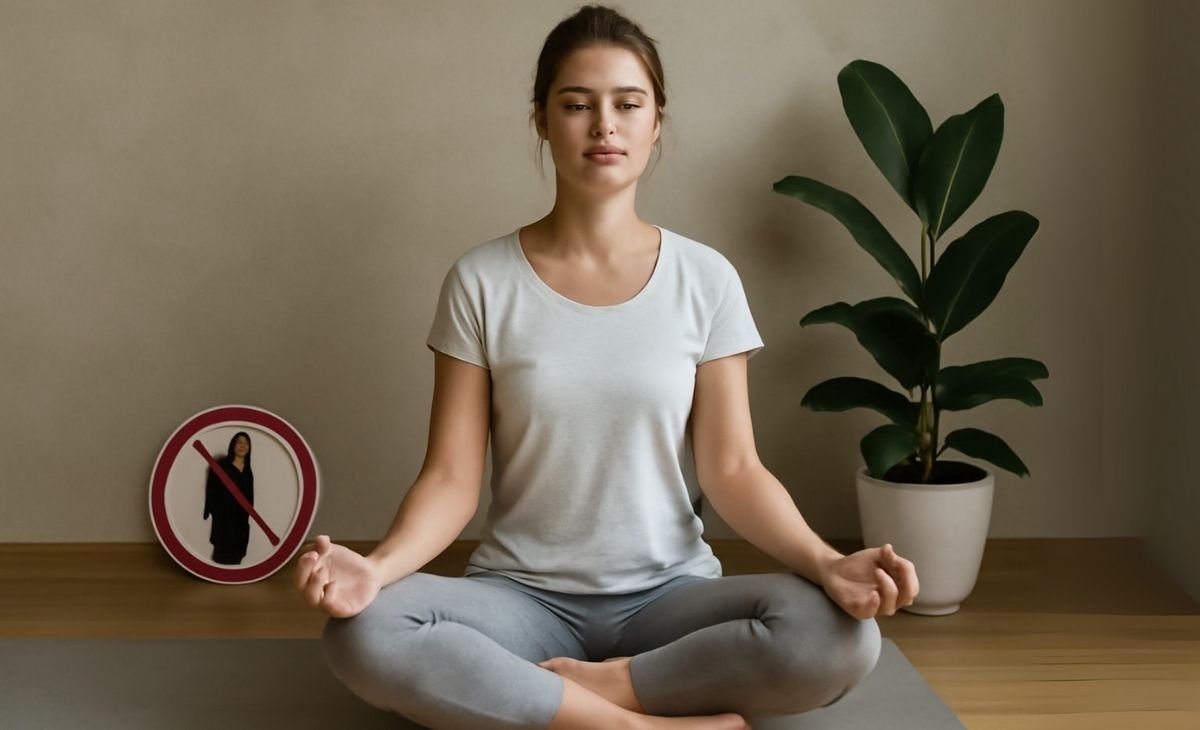Yoga is often misunderstood—some see it as just physical exercise, while others view it as a pathway to healing and growth. Recent studies show that yoga profoundly impacts the brain, much like meditation does. By pairing yoga with mindfulness, individuals can tap into both physical and emotional healing, making it an essential resource in addiction recovery.
The Role of Yoga in Addiction Treatment
Constance Scharff, Ph.D., a leading voice in addiction recovery, highlights the deeper benefits of yoga. It’s more than poses and stretches—it’s about connecting breath and mindfulness. This connection can emulate meditation in its ability to aid recovery.
Yoga focuses on breath awareness and movement, allowing individuals to explore their inner world. The consistency of controlled breathing paired with pose transitions encourages a calm focus and a gentle understanding of both the body and mind. This approach can be life-changing for those facing addiction, offering tools to observe emotions and patterns without judgment.
Non-Judgment and Self-Compassion in Yoga
People battling addiction often wrestle with harsh self-criticism and low self-esteem, compounded by the stigma they face. Yoga teaches non-judgment—it invites individuals to meet themselves where they are, with acceptance and kindness.
Through the practice, individuals learn patience and self-compassion, celebrating even the smallest progress, like improved body awareness or mental presence. These small victories foster empowerment, helping to break patterns of self-doubt and negativity.
The Neuroscience of Yoga: Stress Reduction and Nervous System Regulation
Scientific evidence supports yoga’s benefits for both addiction recovery and overall well-being. One major advantage is its ability to soothe the nervous system through controlled breathing techniques. These practices lower stress, promote calmness, and aid mental clarity—essential tools for emotional balance.
Yoga also complements treatments for mental health conditions like anxiety and depression, which often accompany addiction. Some studies have shown that combining yoga with cognitive-behavioral therapy (CBT) can improve outcomes by addressing both psychological and physiological aspects of recovery.
Yoga for Pain Management and Emotional Healing
For people struggling with physical pain or recovering from prescription drug dependency, yoga offers relief in unique ways. Many addictions stem from a need to ease chronic discomfort, and yoga fosters body awareness that gently alleviates physical tension while supporting emotional healing.
With its focus on relaxation, deep breathing, and mindful movement, yoga provides powerful tools for managing pain and reconnecting with one’s body in healthier ways.
Which Type of Yoga is Most Effective?
There isn’t a one-size-fits-all answer, but restorative forms like Iyengar yoga are particularly beneficial for those new to yoga. These styles use props to support the body, reducing strain and making the practice accessible. They can also complement approaches like stress management therapy by promoting relaxation and mental clarity.
What’s most important is not the specific type of yoga but the inclusion of mindfulness, breathing exercises, and meditation. These elements unlock yoga’s full potential for healing and self-discovery.
Conclusion
Yoga offers more than physical stretches—it’s a bridge between body and mind, fostering balance, healing, and growth. For addiction recovery, yoga provides tools like breathwork, mindfulness, and self-compassion, which can lead to profound emotional resilience and stability.
Whether you’re on a recovery path or simply seeking a deeper connection with yourself, yoga can guide you toward a more centered and fulfilling life. Take the time to explore this practice and discover the peace and strength it can bring into your everyday moments.

